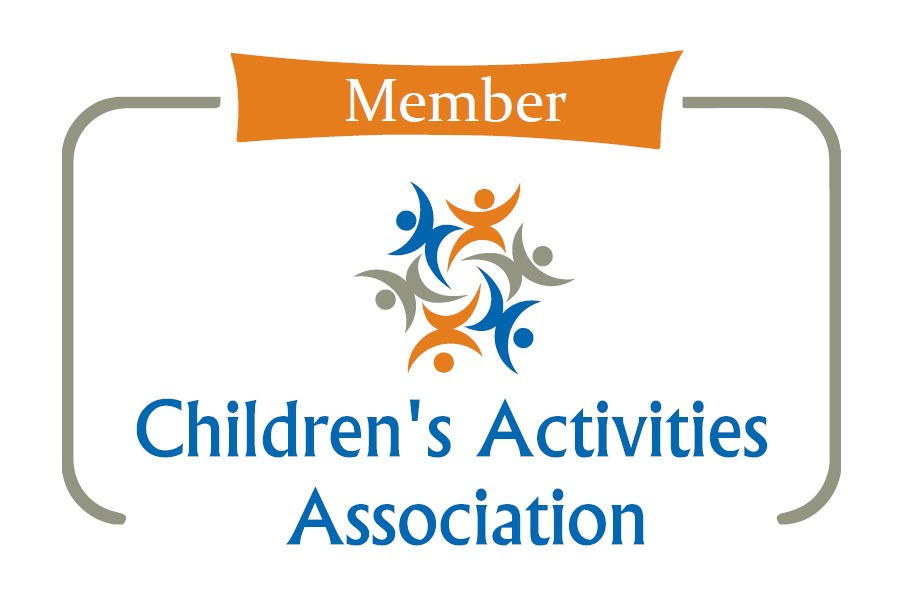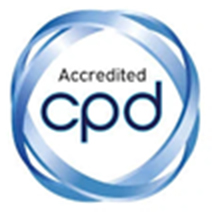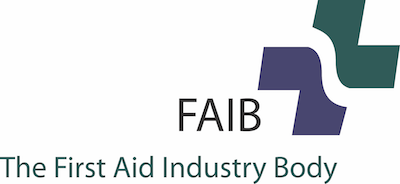At Mini First Aid we realise that anaphylaxis is a subject that really frightens parents – both those who know their children have a severe allergy AND those parents who are weaning and don’t yet know if their child may be allergic to something. It is also something that parents often come across at play dates and parties as 5-8% of children now have a food allergy. Personally, I’ve always known about it because my younger brother is severely allergic to nuts – something that now affects 1 in 50 children. Make sure you are clued up about this life-threatening allergic reaction.
What is anaphylaxis?
Anaphylaxis is a severe and potentially life-threatening allergic reaction. It happens when the body’s immune system reacts inappropriately in response to the presence of a food or substance that it wrongly perceives to be a threat.
What are the symptoms?
Symptoms can start within seconds or minutes of exposure to the food or substance you are allergic to and usually progress rapidly. On rare occasions there may be a delay of a few hours before symptoms start – this is why it is important to closely monitor anyone after they have been exposed to an allergen.
Anaphylaxis is a severe medical emergency, and you need to call 999. You may notice any of these severe symptoms:
· Swollen tongue and throat
· Hoarse voice
· Difficulty swallowing, and a feeling of tightness in the throat
· Difficult or noisy breathing, wheezing that occurs suddenly, or coughing
· Dizziness, sudden sleepiness and confusion
. Blue, grey or pale skin, lips or tongue - in black or brown skin, this may be easier to spot on the palms of hands
· The person may become weak and floppy and may have a sense of something terrible happening
· The symptoms may lead to collapse, unconsciousness and – on rare occasions – death
In addition to the severe symptoms listed above, there may also be:
· A red raised rash anywhere on the body - this may look more purple in appearance on black and brown skin
· A tingling feeling or itchiness in the mouth
· Swelling of the lips, face and / or eyes
· Abdominal pain, nausea and vomiting
These symptoms can also occur on their own, without the more severe ones. Where that is the case, the allergic reaction is likely to be less serious, but you should watch carefully in case any of the more severe symptoms develop.
What are the causes of anaphylaxis?
The common causes of anaphylaxis include foods such as peanuts, tree nuts, milk, eggs, shellfish, fish, sesame seeds and kiwi fruit, although many other foods have been known to trigger anaphylaxis. Very small amounts can cause a reaction in some cases.
Non-food causes include wasp or bee stings, natural latex (rubber) and certain drugs such as penicillin. In some people exercise can trigger a severe reaction – either on its own or in combination with other factors such as food or medicines (e.g. aspirin).
What should I do if I suspect my child has had a mild allergic reaction to an unknown allergen?
With my brother, my mum remembers that he would be spit out baked beans and get a tummy ache after eating them, but back in the 80’s there wasn’t much awareness of anaphylaxis and it was put down to coincidence. When he was introduced to peanut butter he was sick and would scratch at his throat, but again it took a couple of incidents for the connection to be made. By this time he’d had several exposures to peanuts (part of the legume family, hence the baked bean aversion) and had unfortunately developed such a severe anaphylactic reaction that even ingesting a tiny amount of peanut was deemed life-threatening, a condition he has lived with ever since.
If you suspect an allergic reaction in your child you’ll need to visit your GP and get a referral to an NHS allergy clinic – here tests will be carried out to confirm which allergen is responsible for your child’s symptoms. By this stage you may have a good idea what it is based on their reactions to foods, insect stings etc. This referral is so important even if symptoms have been mild, as a future exposure could be more severe.

Your child may be at particular risk of going on to develop severe anaphylactic shock if:
· They have asthma, particularly if that asthma requires regular use of preventative inhalers
· The reactions prior to diagnosis have included swelling in the throat, breathing difficulties (even if mild) or faintness
· They had an allergic reaction to a tiny amount of allergen
What should I do if a severe allergic reaction occurs?
Use an adrenaline auto-injector (such as an Epi Pen) immediately if you have one, DO NOT wait to see if symptoms worsen. Then dial 999 or 112 for an ambulance or ask someone nearby to do it whilst you are administering the injection.
Stay safe whilst waiting for emergency help. Make sure your child stays where they are, but lie them down and get their legs
raised to help blood flow back to their heart and vital organs. If they are
struggling to breathe, they may need to be propped up, but this should be for
as short a time as possible. Make sure you avoid any sudden change in posture
and do not let them stand or sit in a chair even if feeling better as this
could dangerously lower their blood pressure. If at any point they stop
breathing, perform CPR. You can learn how to do this at our 2 hour Baby and Child first aid class. If the person experiencing the allergic reaction is pregnant, lie them on their left side.
A second adrenaline auto-injector should be administered after 5 minutes if symptoms of anaphylaxis remain, or if there is any doubt about whether the symptoms have improved. Try and note the time each injection is given and tell emerency medical staff on arrival.

An ambulance must be called immediately following an injection of adrenaline (if you haven’t already called for one), even if there is immediate improvement. The emergency service operator must be told the person is suffering from anaphylaxis and needs to be attended by paramedics. It is important that the casualty always carries two adrenaline auto-injectors which are in date and of the correct dose.
We hope this has given you a bit more understanding of what to do if you are weaning and suspect an allergy, or have the nerve-racking responsibility of hosting a party for a child with an allergy. If you’d like to find out more, visit Anaphylaxis UK for loads of brilliant information and handy guides to various allergens.
All
the best, Charlotte @ Mini First Aid
Source: Anaphylaxis UK, NHS UK
Be prepared with our Super Safety Bundle!
 For only £25, you can be prepared for life's little accidents with our Super Safety Bundle. Our Paediatric First Aid Made Easy book even contains advice on how to treat severe allergic reaction, along with over 30 other common first aid scenarios. This would make a really thoughtful gift for new and expectant parents, providing much needed peace of mind.
For only £25, you can be prepared for life's little accidents with our Super Safety Bundle. Our Paediatric First Aid Made Easy book even contains advice on how to treat severe allergic reaction, along with over 30 other common first aid scenarios. This would make a really thoughtful gift for new and expectant parents, providing much needed peace of mind.







